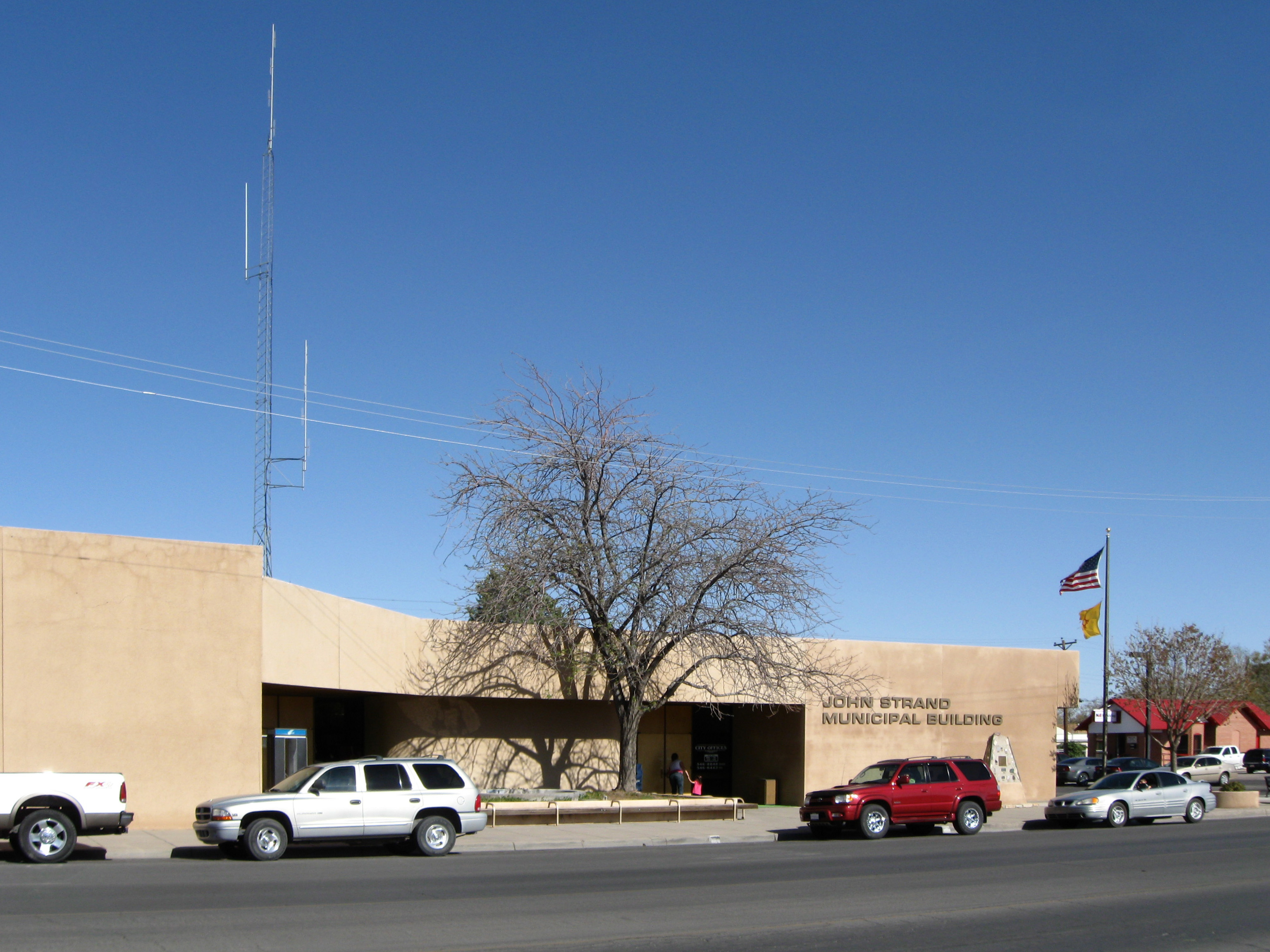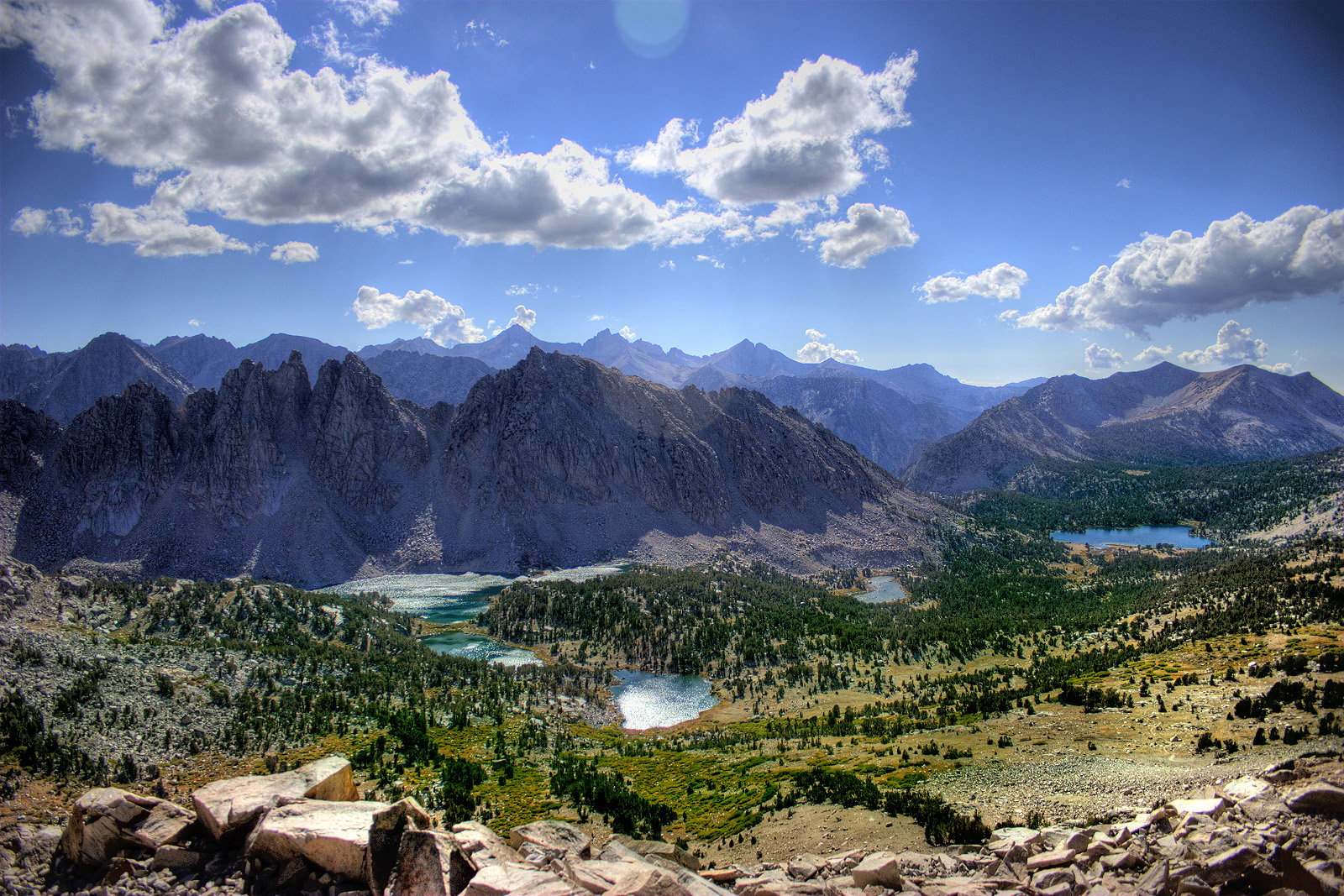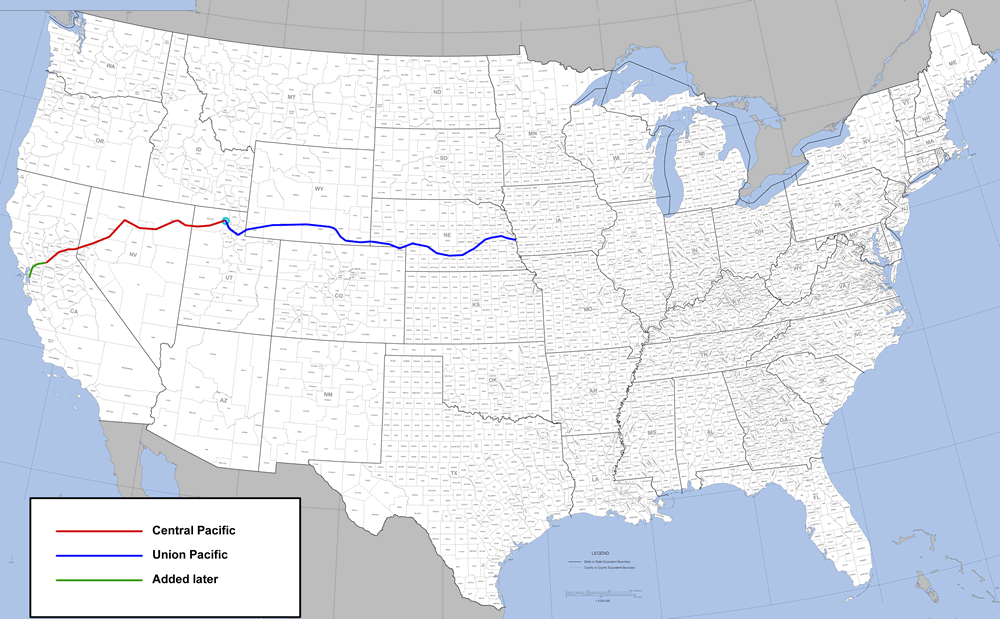|
Charles Crocker
Charles Crocker (September 16, 1822 – August 14, 1888) was an American railroad executive who was one of the founders of the Central Pacific Railroad, which constructed the westernmost portion of the first transcontinental railroad, and took control with partners of the Southern Pacific Railroad. Early years Crocker was born in Troy, New York on September 16, 1822. He was the son of Eliza (née Wright) and Isaac Crocker, a modest family. They joined the nineteenth-century migration west and moved to Indiana when he was 14, where they had a farm. Crocker soon became independent, working on several farms, a sawmill, and at an iron forge. At the age of 23, in 1845, he founded a small, independent iron forge of his own. He used money saved from his earnings to invest later in the new railroad business after moving to California, which had become a boom state since the California Gold Rush, Gold Rush. His older brother Edwin B. Crocker had become an attorney by the time Crocker ... [...More Info...] [...Related Items...] OR: [Wikipedia] [Google] [Baidu] |
Troy, New York
Troy is a city in and the county seat of Rensselaer County, New York, United States. It is located on the western edge of the county, on the eastern bank of the Hudson River just northeast of the capital city of Albany, New York, Albany. At the 2020 United States census, 2020 census, the population of Troy was 51,401. Troy has close ties to Albany and nearby Schenectady, New York, Schenectady, forming a region called the Capital District (New York), Capital District, which has a population of 1.24 million. The area long had been occupied by the Mohican Indian tribe, but Dutch settlement began in the mid-17th century. The Dutch colony was conquered by the English in 1664, renamed Troy in 1789 and was incorporated as a Town (New York), town in 1791. Due to the confluence of major waterways and a geography that supported water power, the American Industrial Revolution took hold in this area, making Troy reputedly the fourth-wealthiest city in America around the turn of the 20th cent ... [...More Info...] [...Related Items...] OR: [Wikipedia] [Google] [Baidu] |
Transcontinental Railroad
A transcontinental railroad or transcontinental railway is contiguous rail transport, railroad trackage that crosses a continent, continental land mass and has terminals at different oceans or continental borders. Such networks may be via the Railway track, tracks of a single railroad, or via several railroads owned or controlled by multiple railway company, railway companies along a continuous route. Although Europe is crisscrossed by railways, the railroads within Europe are usually not considered transcontinental, with the possible exception of the historic Orient Express. Transcontinental railroads helped open up interior regions of continents not previously colonized to exploration and settlement that would not otherwise have been feasible. In many cases, they also formed the backbones of cross-country passenger and freight transportation networks. Many of them continue to have an important role in freight transportation, and some such as the Trans-Siberian Railway even have ... [...More Info...] [...Related Items...] OR: [Wikipedia] [Google] [Baidu] |
Atchison, Topeka And Santa Fe Railway
The Atchison, Topeka and Santa Fe Railway , often referred to as the Santa Fe or AT&SF, was one of the largest Class 1 railroads in the United States between 1859 and 1996. The Santa Fe was a pioneer in intermodal freight transport; at various times, it operated an airline, the short-lived Santa Fe Skyway, and the Santa Fe Railroad tugboats. Its bus line extended passenger transportation to areas not accessible by rail, and ferryboats on the San Francisco Bay allowed travelers to complete their westward journeys to the Pacific Ocean. The AT&SF was the subject of a popular song, Harry Warren and Johnny Mercer's " On the Atchison, Topeka and the Santa Fe", written for the film '' The Harvey Girls'' (1946). The railroad officially ceased independent operations on December 31, 1996, when it merged with the Burlington Northern Railroad to form the Burlington Northern and Santa Fe Railway. History Atchison, Topeka & Santa Fe Railway The railroad was chartered in February 1859 ... [...More Info...] [...Related Items...] OR: [Wikipedia] [Google] [Baidu] |
Deming, New Mexico
Deming (, ''DEM-ing'') is a city in Luna County, New Mexico, Luna County, New Mexico, United States, west of Las Cruces, New Mexico, Las Cruces and north of the Mexico–United States border, Mexican border. The population was 14,758 as of the 2020 United States census, 2020 census. Deming is the county seat and principal community of Luna County. History The city is within the Gadsden Purchase of 1853, which was acquired from Mexico specifically to provide a southern route for a railroad to connect the United States with California. Deming was founded in 1881 and incorporated in 1902, and is named after Mary Ann Deming Crocker, wife of Charles Crocker, one of the Big Four (Central Pacific Railroad), Big Four of the California railroad industry. The Silver Spike was driven here on March 8, 1881, to commemorate the meeting of the Southern Pacific Railroad, Southern Pacific with the Rio Grande, Mexico and Pacific (a subsidiary of the Atchison, Topeka and Santa Fe Railway, Atchis ... [...More Info...] [...Related Items...] OR: [Wikipedia] [Google] [Baidu] |
Sierra Nevada (U
The Sierra Nevada ( ) is a mountain range in the Western United States, between the Central Valley (California), Central Valley of California and the Great Basin. The vast majority of the range lies in the state of California, although the Carson Range spur lies primarily in Nevada. The Sierra Nevada is part of the American Cordillera, an almost continuous chain of mountain ranges that forms the western "backbone" of the Americas. The Sierra runs north-south, and its width ranges from to across east–west. Notable features include the General Sherman Tree, the largest tree in the world by volume; Lake Tahoe, the largest alpine lake in North America; Mount Whitney at , the highest point in the contiguous United States; and Yosemite Valley sculpted by glaciers from one-hundred-million-year-old granite, containing List of waterfalls in Yosemite National Park, high waterfalls. The Sierra is home to three national parks, twenty-six wilderness areas, ten national forests, and two ... [...More Info...] [...Related Items...] OR: [Wikipedia] [Google] [Baidu] |
Snow Shed
Avalanche control or avalanche defense activities reduce the hazard avalanches pose to human life, activity, and property."Mitigation and Land Use - Avalanches" , Colorado Geological Survey Avalanche control begins with a risk assessment conducted by surveying for potential avalanche terrain by identifying geographic features such as vegetation patterns, drainages, and seasonal snow distribution that are indicative of avalanches. From the identified avalanche risks, the hazard is assessed by identifying threatened human geographic features such as roads, ski-hills, and buildings. Avalanche control programs address the avalanche hazard by formulating prevention and mitigation plans, which are then executed during the winter season. The prevention and mitigation plans combine extensive snow pack observation ... [...More Info...] [...Related Items...] OR: [Wikipedia] [Google] [Baidu] |
First Transcontinental Railroad
America's first transcontinental railroad (known originally as the "Pacific Railroad" and later as the "Overland Route (Union Pacific Railroad), Overland Route") was a continuous railroad line built between 1863 and 1869 that connected the existing eastern U.S. rail network at Council Bluffs, Iowa, with the Pacific coast at the Oakland Long Wharf on San Francisco Bay. The rail line was built by three private companies over public lands provided by extensive Land grant#Public lands and bounty-land warrants, U.S. land grants.Pacific Railroad Act of 1862, §2 & §3 Building was financed by both state and U.S. government subsidy bonds as well as by company-issued mortgage bonds.Pacific Railroad Act of 1862, §5 & §6 The Western Pacific Railroad (1862–1870), Western Pacific Railroad Company built of track from the road's western terminus at Alameda, California, Alameda/Oakland, California, Oakland to Sacramento, California. The Central Pacific Railroad, Central Pacific Railroad Co ... [...More Info...] [...Related Items...] OR: [Wikipedia] [Google] [Baidu] |
The Big Four (Central Pacific Railroad)
"The Big Four" was the name popularly given to the famous and influential businessmen, and railroad tycoons — also called robber barons — who funded the Central Pacific Railroad (C.P.R.R.), which formed the western portion through the Sierra Nevada and the Rocky Mountains of the First Transcontinental Railroad in the United States, built from the mid-continent at the Missouri River to the Pacific Ocean during the middle and late 1860s. Composed of Leland Stanford (1824–1893), Collis Potter Huntington (1821–1900), Mark Hopkins Jr. (1813–1878), and Charles Crocker (1822–1888), the four themselves, however, personally preferred to be known as "The Associates." They enriched themselves using tax money and land grants, while heavily influencing the state legislature from within the Republican Party (Stanford was governor of California when the first of the Pacific Railroad Acts was passed.), and through monopolizing tactics. Contemporary critics claimed they were the ... [...More Info...] [...Related Items...] OR: [Wikipedia] [Google] [Baidu] |
Leland Stanford
Amasa Leland Stanford (March 9, 1824June 21, 1893) was an American attorney, industrialist, philanthropist, and Republican Party (United States), Republican Party politician from Watervliet, New York. He served as the eighth governor of California from 1862 to 1863 and represented the state in the United States Senate from 1885 until his death in 1893. He and his wife Jane Stanford, Jane founded Stanford University, named after Leland Stanford Jr., their late son. Stanford became a successful merchant and wholesaler after migrating to California in 1852 during California gold rush, the gold rush; he built a commerce , business empire. He was an influential executive of the Central Pacific Railroad and later of the Southern Pacific Railroad, Southern Pacific railroads from 1861 to 1890; these positions gave him tremendous power in the Western United States which left a lasting impact on California. He also played a significant role as a shareholder and executive in the early ... [...More Info...] [...Related Items...] OR: [Wikipedia] [Google] [Baidu] |
Collis Huntington
Collis Potter Huntington (October 22, 1821 – August 13, 1900) was an American industrialist and railway magnate. He was one of the Big Four of western railroading (along with Leland Stanford, Mark Hopkins, and Charles Crocker) who invested in Theodore Judah's idea to build the Central Pacific Railroad as part of the first U.S. transcontinental railroad. Huntington helped lead and develop other major interstate lines, such as the Southern Pacific Railroad and the Chesapeake & Ohio Railway (C&O), which he was recruited to help complete. The C&O, completed in 1873, fulfilled a long-held dream of Virginians of a rail link from the James River at Richmond to the Ohio River Valley. The new railroad facilities adjacent to the river there resulted in expansion of the former small town of Guyandotte, West Virginia, into part of a new city which was named Huntington in his honor. Turning attention to the eastern end of the line at Richmond, Huntington directed the C&O's Peninsula ... [...More Info...] [...Related Items...] OR: [Wikipedia] [Google] [Baidu] |
Mark Hopkins, Jr
Mark may refer to: In the Bible * Mark the Evangelist (5–68), traditionally ascribed author of the Gospel of Mark * Gospel of Mark, one of the four canonical gospels and one of the three synoptic gospels Currencies * Mark (currency), a currency or unit of account in many nations * Bosnia and Herzegovina convertible mark, the currency of Bosnia and Herzegovina * East German mark, the currency of the German Democratic Republic * Estonian mark, the currency of Estonia between 1918 and 1928 * Finnish markka (), the currency of Finland from 1860 until 28 February 2002 * Polish mark (), the currency of the Kingdom of Poland and of the Republic of Poland between 1917 and 1924 German * Deutsche Mark, the official currency of West Germany from 1948 until 1990 and later the unified Germany from 1990 until 2002 * German gold mark, the currency used in the German Empire from 1873 to 1914 * German Papiermark, the German currency from 4 August 1914 * German rentenmark, a currency issued o ... [...More Info...] [...Related Items...] OR: [Wikipedia] [Google] [Baidu] |








